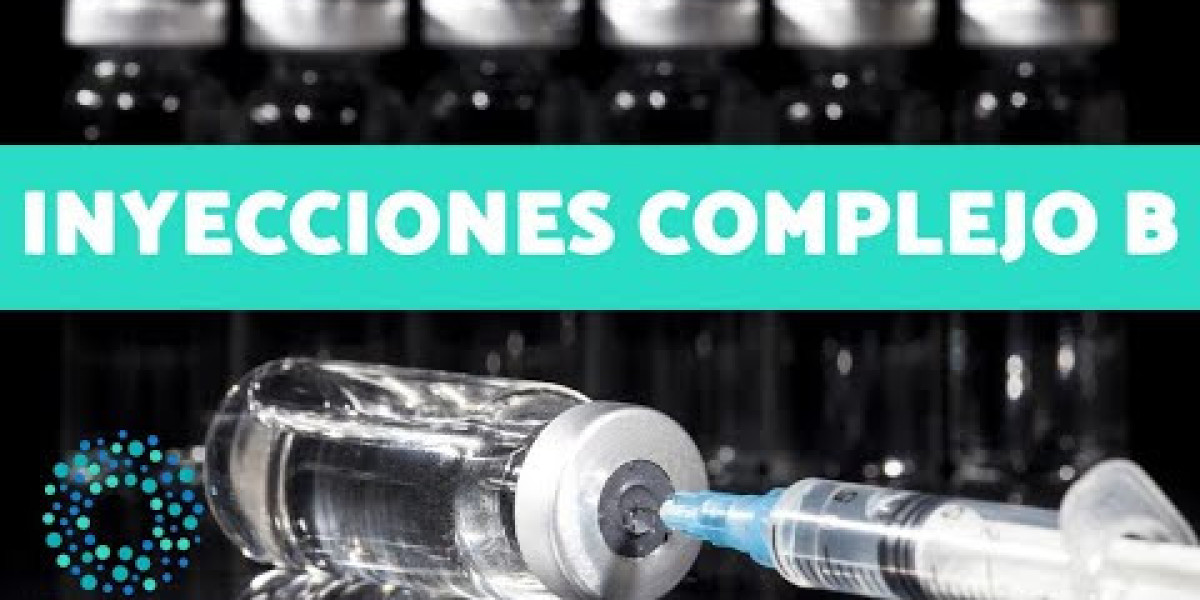Search
Popular Posts
-
 Магазин, в котором возможно будет заказать диплом ВУЗа
By sonnick84
Магазин, в котором возможно будет заказать диплом ВУЗа
By sonnick84 -
 Dolor, inflamación y rigidez en las articulaciones El Sistema de Salud de la Universidad de Miami
Dolor, inflamación y rigidez en las articulaciones El Sistema de Salud de la Universidad de Miami
-
 The Latest Ford Mustang GT3 Is Now In Assetto Corsa Competizione OverTake Formerly RaceDepartment
The Latest Ford Mustang GT3 Is Now In Assetto Corsa Competizione OverTake Formerly RaceDepartment
-
 Como Escolher a Melhor Empresa de Carreto em Campinas para Suas Necessidades
Como Escolher a Melhor Empresa de Carreto em Campinas para Suas Necessidades
-
 Las mejores gelatinas para tu salud: comparativa de marcas
Las mejores gelatinas para tu salud: comparativa de marcas
